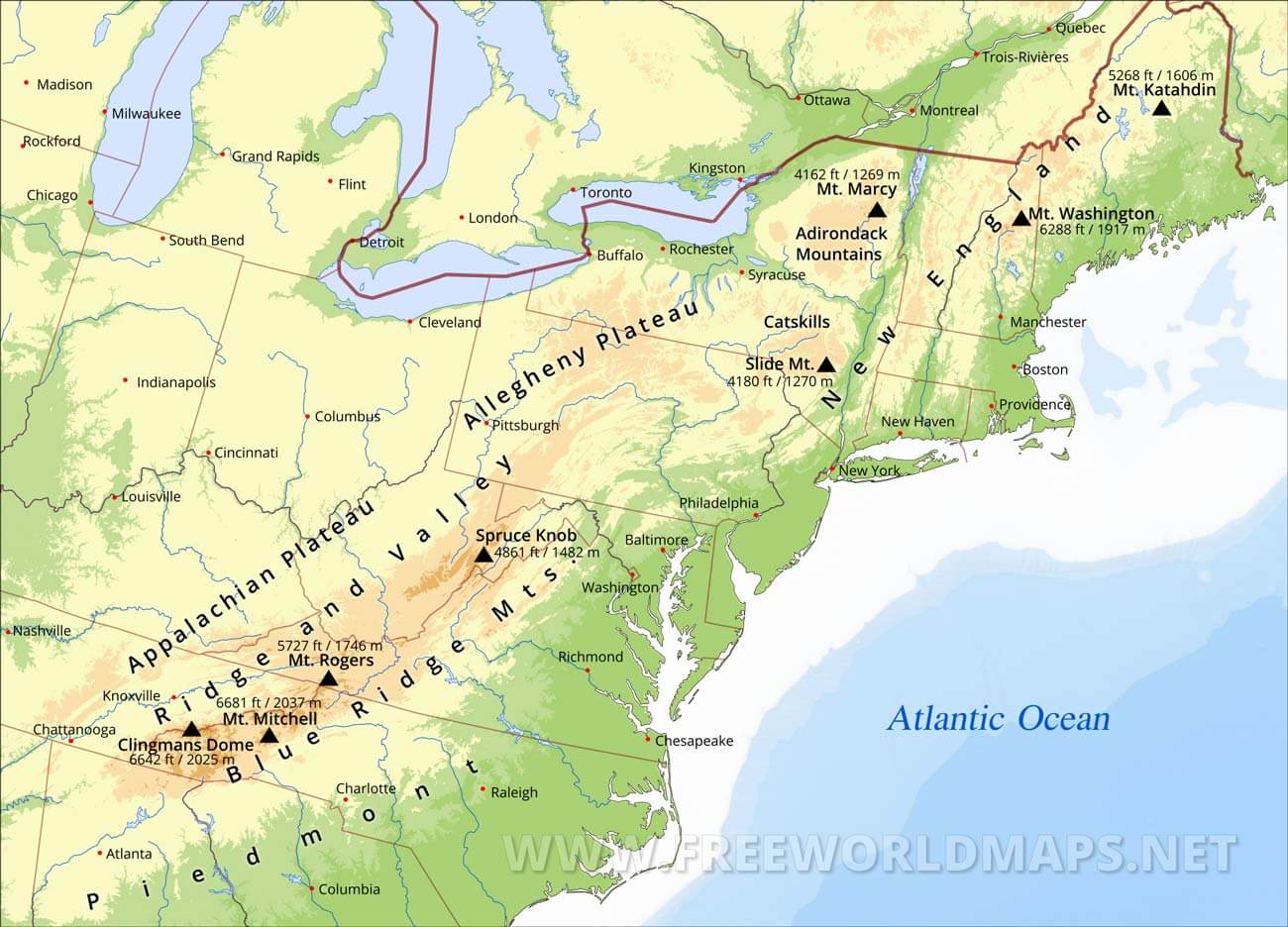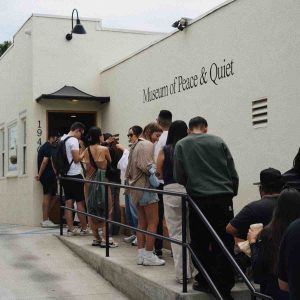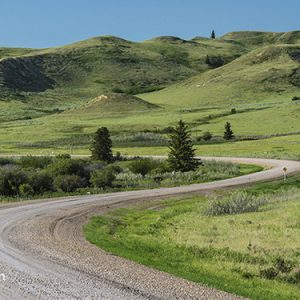
Beyond the Blue Ridge: Uncovering Appalachian History on Virginia’s Backroads
Virginia, a state steeped in colonial lore and Civil War narratives, often overlooks a powerful, resilient history tucked away beyond the shimmering peaks of the Blue Ridge Mountains: the story of Appalachia. Trading manicured lawns for winding dirt roads, and battlefield reenactments for the echo of banjo music, venturing into Appalachian Virginia is an immersion into a world of self-sufficiency, hardship, and a deep connection to the land. This isn’t just about seeing pretty scenery; it’s about uncovering the layers of history etched into the very mountains themselves. So, buckle up, reset your GPS for “avoid highways,” and let’s explore Appalachian Virginia’s backroads, where history breathes in every holler.
The Allure of the Backroads: Where Time Slows Down
Forget the interstate’s blur of asphalt. The true Appalachian experience unfolds on the backroads. These winding arteries connect small towns, hidden waterfalls, and family farms that have weathered generations. Driving slowly allows you to savor the panoramic views, notice the quirky roadside attractions, and maybe even strike up a conversation with a local who can regale you with tales you won’t find in any textbook.
Unearthing the Past: Stories Etched in Stone and Wood
Appalachian Virginia isn’t just a place; it’s a living museum. History isn’t confined to dusty archives; it’s woven into the fabric of daily life.
-
Coal Country Chronicles: The story of Appalachia is inextricably linked to coal. Towns like Pocahontas, once a booming hub for the “smokeless coal” fueling the nation’s industrial revolution, now stand as poignant reminders of the boom-and-bust cycles that have shaped the region. Explore the Pocahontas Exhibition Mine, a National Historic Landmark, to descend into the earth and witness the grueling conditions miners faced. The Coal Heritage Trail, a scenic byway, offers a deeper understanding of the industry’s impact on the region and its people.
-
The Melungeon Mystery: The Appalachian region is home to unique ethnic groups, most notably the Melungeons. The mystery surrounding their origins adds another layer of intrigue to the region’s history. The story is a tapestry of European, African, and Native American ancestry, making understanding the population a complex one. Visiting the Newman’s Ridge Historical Park near Sneedville, Tennessee (just over the Virginia border) allows you to visit and delve deeper into their history.
-
The Echo of Mountain Music: Music is the lifeblood of Appalachian culture. From traditional ballads passed down through generations to the soulful twang of bluegrass, the music tells stories of hardship, love, and resilience. Seek out local music festivals and jam sessions in towns like Galax, known as the “World Capital of Old Time Mountain Music,” to experience the raw emotion and virtuosity of Appalachian musicians. The Blue Ridge Music Center, located at milepost 213 on the Blue Ridge Parkway, is another excellent place to immerse yourself in the region’s rich musical heritage.
Must-See Stops Along the Way:
To help you plan your journey, here are a few key historical sites that capture the essence of Appalachian Virginia:
| Location | Historical Significance | Why Visit |
|---|---|---|
| Pocahontas Exhibition Mine | Landmark of early coal mining | Experience the life of a miner firsthand, learn about the history of coal production. |
| Blue Ridge Music Center (Galax) | Preservation of Appalachian musical heritage | Immersive exhibits, live performances, and a celebration of mountain music. |
| Abingdon | Historic town, home to the Barter Theatre (state theatre of Virginia) | Explore the charming streets, catch a performance, and soak up the small-town atmosphere. |
| Radford Arsenal | Former ammunition plant significant during World War II | Discover an overlooked site that contributed to the war effort. |
Beyond the History: Embracing the Culture
Exploring Appalachian Virginia is more than just visiting historical sites; it’s about engaging with the living culture.
-
Embrace Local Flavors: Forget chain restaurants and indulge in the region’s unique cuisine. From hearty bean soup and cornbread to wild-caught trout and ramps (a wild onion prized in Appalachian cooking), the food is a reflection of the land and its people. Visit local farmers’ markets and country stores to sample regional specialties and support local farmers.
-
Seek Out Artisan Crafts: Appalachia is known for its rich tradition of handmade crafts. From quilts and pottery to wood carvings and basketry, these crafts are a tangible connection to the past. Visit craft fairs, artisan studios, and antique shops to discover unique treasures and support local artists.
-
Listen to the Stories: The best way to understand Appalachian history is to listen to the stories of the people who live there. Strike up conversations with locals, attend community events, and be open to learning from their experiences. You’ll be amazed by the wealth of knowledge and the resilience of the human spirit you’ll encounter.
Tips for Exploring Appalachian Virginia’s Backroads:
- Plan Ahead: Research your route, book accommodations in advance (especially during peak season), and check road conditions.
- Be Prepared: The backroads can be narrow and winding, so be sure your vehicle is in good condition and bring a map (cell service can be spotty in some areas).
- Respect the Locals: Be mindful of private property, drive safely, and be respectful of the local culture.
- Embrace the Unexpected: Be open to detours, unplanned stops, and spontaneous conversations. The best discoveries often happen when you least expect them.
- Take Your Time: The beauty of exploring Appalachian Virginia lies in slowing down and savoring the experience. Don’t rush through; allow yourself time to soak in the atmosphere and appreciate the history and culture of this unique region.
A Journey of Discovery
Exploring Appalachian Virginia’s backroads is more than just a vacation; it’s a journey of discovery. It’s a chance to connect with a rich and often overlooked history, to experience a unique culture, and to appreciate the beauty of the natural world. So, leave the beaten path behind and embark on an adventure that will stay with you long after you’ve returned home. You’ll discover that the true heart of Virginia lies not in its grand estates or its battlefield monuments, but in the quiet resilience and enduring spirit of its Appalachian people. The mountains are calling, and the stories are waiting to be told. Are you ready to listen?

Additional Information
Beyond the Blue Ridge: Deeper Dives into Virginia’s Appalachian Tapestry
“Beyond the Blue Ridge: Uncovering Appalachian History on Virginia’s Backroads” likely paints a broad picture of the region’s history, culture, and challenges. However, to truly understand the complexities of Appalachian Virginia, we need to delve deeper into specific aspects, moving beyond superficial descriptions to explore the nuances and contradictions inherent in its story.
Here, we offer an analytical expansion, focusing on key themes and offering insights beyond a general overview:
1. Economic Dependency and Resource Extraction: A Legacy of Exploitation
The narrative of Appalachia often centers on poverty and economic hardship. While individual agency undoubtedly plays a role, understanding the structural forces at play is crucial.
-
Resource Extraction: The Appalachian region, including southwest Virginia, is rich in natural resources like coal, timber, and natural gas. However, the benefits of these resources often flow outwards, leaving local communities with environmental degradation and limited economic gains. The historical model of absentee ownership, where corporations from outside the region control resources and repatriate profits, has exacerbated this issue.
- Case Study: Coal Mining in Buchanan County: Buchanan County, Virginia, is a prime example. While coal mining has provided jobs, it has also led to mountaintop removal mining, devastating landscapes and polluting waterways. A 2019 study by the Appalachian Regional Commission found that counties heavily reliant on coal mining experienced significant population decline and higher rates of poverty compared to those with more diversified economies.
- Insight: This “resource curse” highlights the importance of advocating for equitable resource management policies that prioritize local community development and environmental protection over short-term corporate profits.
-
Limited Economic Diversification: The reliance on resource extraction has often hindered the development of diversified economies. Educational opportunities, access to healthcare, and infrastructure investments have lagged behind other regions, perpetuating a cycle of poverty.
- Statistics: According to the Virginia Department of Labor, the median household income in Southwest Virginia consistently falls below the state average, reflecting the lack of high-paying, skilled jobs.
- Insight: Encouraging entrepreneurship, investing in broadband infrastructure, and promoting tourism based on the region’s natural beauty and cultural heritage are crucial steps toward economic diversification.
2. Cultural Preservation vs. Modernization: Navigating a Shifting Identity
Appalachian culture is rich in traditions, including music, storytelling, crafts, and a distinct dialect. Preserving this heritage while adapting to modern life presents a complex challenge.
-
Musical Heritage: The legacy of Appalachian music, particularly bluegrass and old-time music, is undeniable. Festivals like the Bristol Rhythm & Roots Reunion (straddling Virginia and Tennessee) celebrate this tradition, but ensuring its continued vitality requires supporting local musicians and fostering intergenerational transmission of knowledge.
- Example: The Crooked Road, Virginia’s Heritage Music Trail, is a successful example of promoting cultural tourism and supporting local musicians.
- Insight: Balancing commercialization with authenticity is crucial. Over-commodification of Appalachian culture can lead to its dilution and appropriation, while ignoring its market value can hinder its survival.
-
Language and Identity: Appalachian dialect, often stigmatized as “uneducated,” is a valuable part of the region’s cultural identity. Preserving this dialect requires recognizing its historical roots and its inherent linguistic value, rather than dismissing it as simply “incorrect” English.
- Insight: Language preservation efforts should focus on celebrating the dialect within the community while also providing resources for individuals to navigate standard English in professional settings, fostering code-switching rather than eradication.
3. The Shadow of Stereotypes: Addressing Misconceptions and Promoting Understanding
Appalachia has long been subjected to harmful stereotypes, portraying its residents as uneducated, backward, and prone to violence. These stereotypes are not only inaccurate but also perpetuate discrimination and hinder progress.
-
Media Portrayals: From “Hillbilly Elegy” to sensationalized news reports, media portrayals often reinforce negative stereotypes. Counteracting these narratives requires amplifying the voices of Appalachian residents and showcasing the region’s diversity and resilience.
- Insight: Critical media literacy is essential for both Appalachian residents and outsiders, encouraging a more nuanced understanding of the region and its people.
-
Addressing Systemic Issues: Stereotypes often mask underlying systemic issues such as poverty, lack of access to healthcare, and environmental degradation. Addressing these issues requires a holistic approach that recognizes the interconnectedness of social, economic, and environmental factors.
- Example: Efforts to combat the opioid crisis in Appalachia must address the root causes of addiction, including economic insecurity, lack of access to mental health services, and the over-prescription of painkillers.
4. The Role of Outsiders: Development vs. Gentrification
The influx of outsiders, particularly those seeking second homes or rural retreats, can bring economic benefits to Appalachia, but it can also lead to gentrification and displacement.
-
Balancing Economic Growth and Community Preservation: Striking a balance between attracting new residents and preserving the region’s character and affordability is a key challenge. Community-led planning and affordable housing initiatives are crucial for mitigating the negative impacts of gentrification.
- Insight: Sustainable development strategies should prioritize local needs and values, ensuring that economic growth benefits existing residents and preserves the region’s cultural heritage.
-
Building Bridges Between Old and New: Fostering dialogue and understanding between long-time residents and newcomers is essential for creating a cohesive community. Encouraging participation in local initiatives and promoting cultural exchange can help bridge divides and build trust.
- Example: Community festivals, workshops, and volunteer opportunities can provide platforms for interaction and collaboration.
Conclusion:
“Beyond the Blue Ridge” is a valuable starting point for understanding Appalachian Virginia’s history. However, a deeper exploration reveals the complexities and contradictions that shape the region’s identity. By focusing on economic structures, cultural preservation, challenging stereotypes, and managing the impacts of development, we can move beyond simplistic narratives and work towards a more equitable and sustainable future for Appalachian Virginia. This requires a continuous commitment to listening to the voices of Appalachian residents, amplifying their stories, and advocating for policies that support their well-being and preserve their rich cultural heritage.






